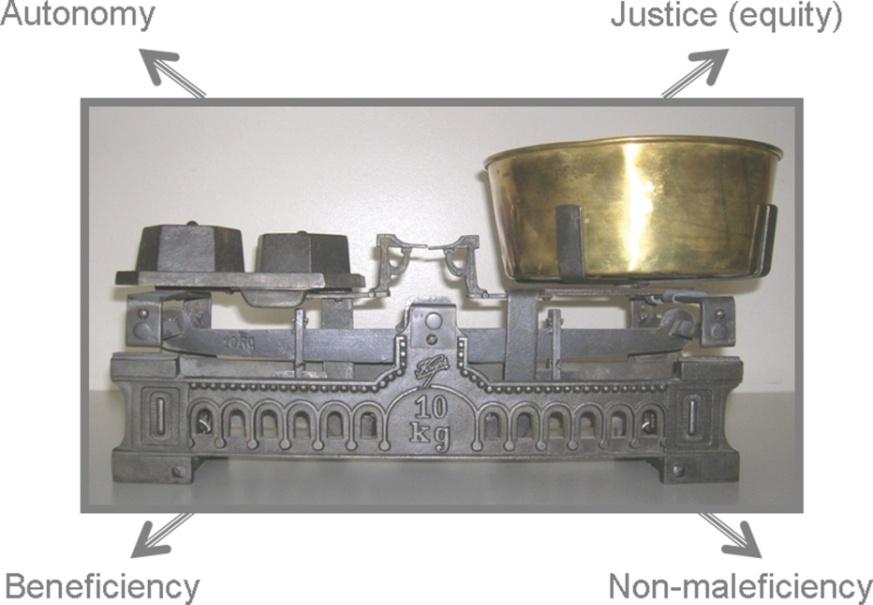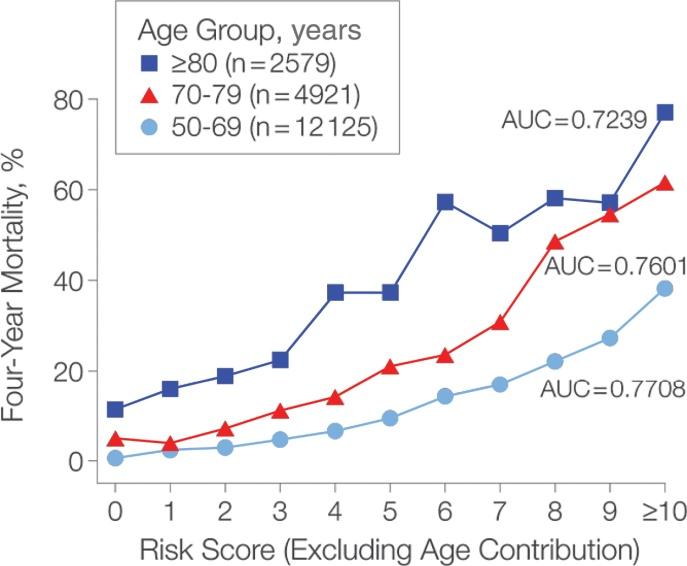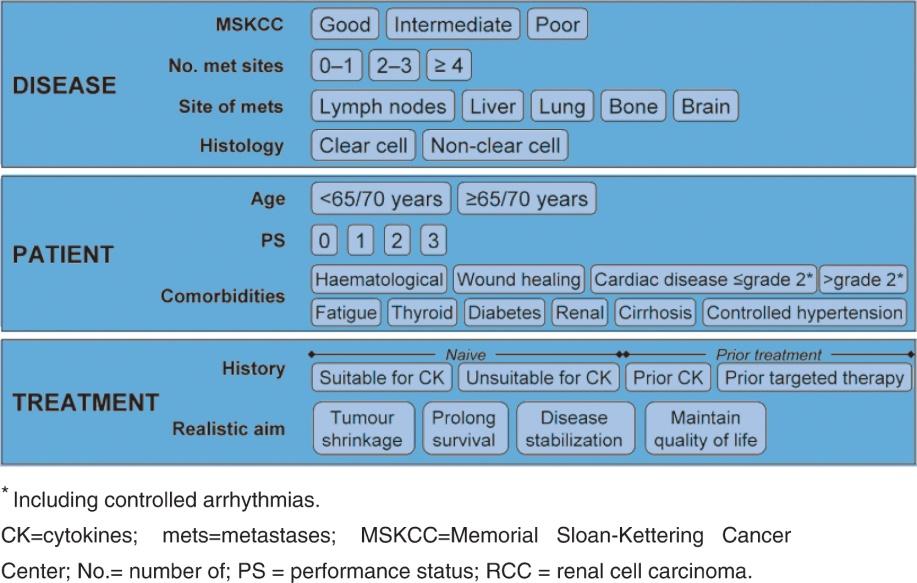
1 minute read
The Assessment of Age
In this chapter, we will provide three examples of the multidisciplinary approach to the older cancer patient in three critical areas: geriatric assessment, management of polypharmacy, and caregiver support. We will conclude with an overview of the team function and a brief discussion of future perspectives.
The basic questions of geriatric oncology include the patient’s life expectancy and treatment tolerance, which can be determined by assessing the physiologic age of a patient.
Advertisement
As ageing is complex, it is unlikely that it can be measured by a single test measuring a single marker. The so called “inflammatory index”, reactive oxygen metabolites and total thiol levels and DNA methylation have been shown to be related to overall mortality and risk of disability in cohort studies, confirming that chronic and progressive inflammation contributes to ageing along with an accumulation of oxidative damage and epigenetic alterations. These markers have not yet been proven to predict benefits and risks of a specific treatment in individual patients.
• So far, the best-validated estimate of life expectancy has been obtained by integrating comorbidity and function (Fig. 1). Yourman et. al. have summarised the results of several studies to estimate the mortality risk of patients with different ages in a free website (ePrognosis.com), giving specific scores to age, specific functions and comorbidity in older individuals studied in different settings, such as home-based, assisted living and after hospital discharge (2012). This tool represents the most complete reference for the estimation of life expectancy in older individuals. • The comprehensive geriatric assessment (CGA) also provides an estimate of the risk of chemotherapy-related haematological and non-haematological toxicity. In two prospective cohort studies, dependence in Instrumental Activities of Daily Living (IADL) and alterations in mental and nutritional status were independent variables predicting therapeutic toxicities. • A novel and promising approach to estimate life expectancy and functional reserve uses “Principal Component Analysis” (PCA). This approach may best reflect the complexity of ageing by weaving together the CGA and other medical, functional, and social parameters.
Figure 1 Estimate of four-year mortality for patients aged 70 and older on the basis of function and comorbidity. Abbreviation: AUC: area under the curve. Source: From Lee et al.





